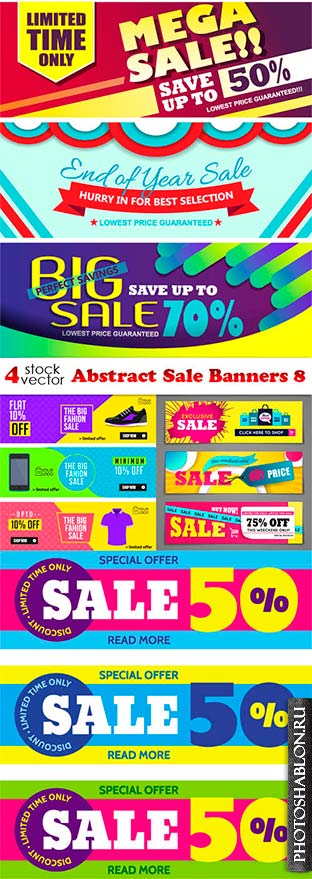
Vectors - Abstract Sale Banners 8
4 AI | +TIFF Preview | 56 MB
|

Vectors - Calligraphic Design Elements Mix 14
3 AI | +TIFF Preview | 38 MB
|
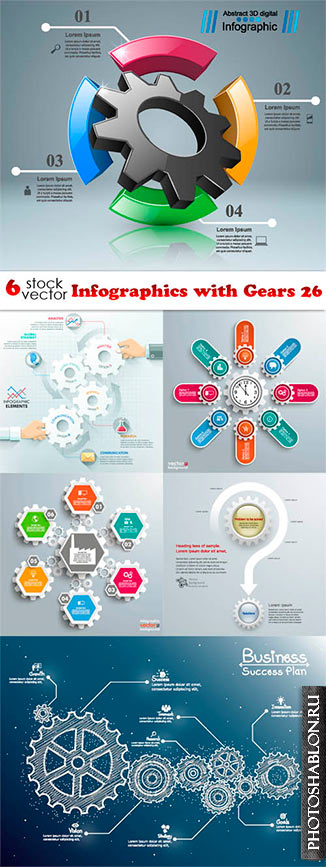
Vectors - Infographics with Gears 26
6 AI | +TIFF Preview | 56 MB
|
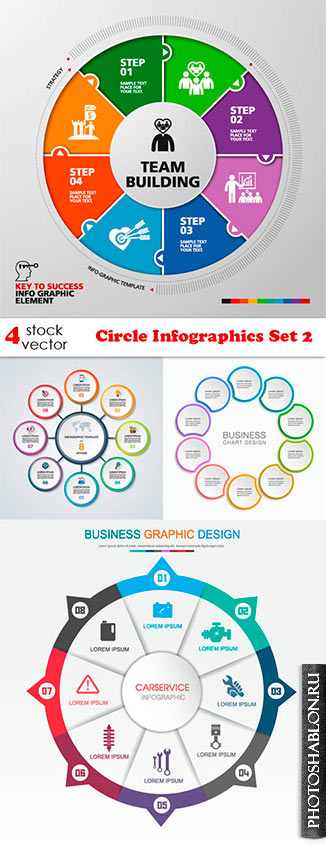
Vectors - Circle Infographics Set 2
4 AI | +TIFF Preview | 61.3 Mb
|
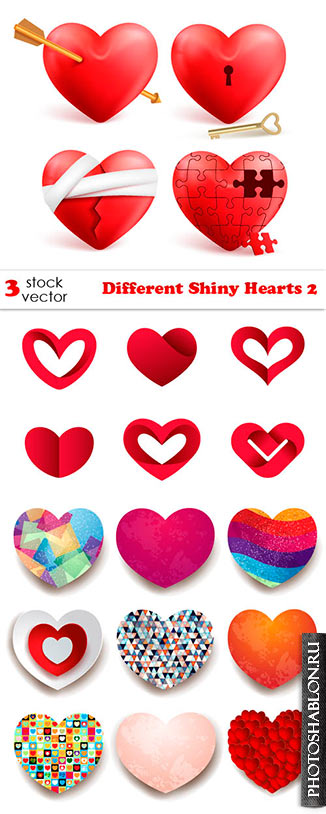
Векторный клипарт - Сердца / Vectors - Different Shiny Hearts 2
3 AI | +TIFF Preview | 44.07 Mb
|
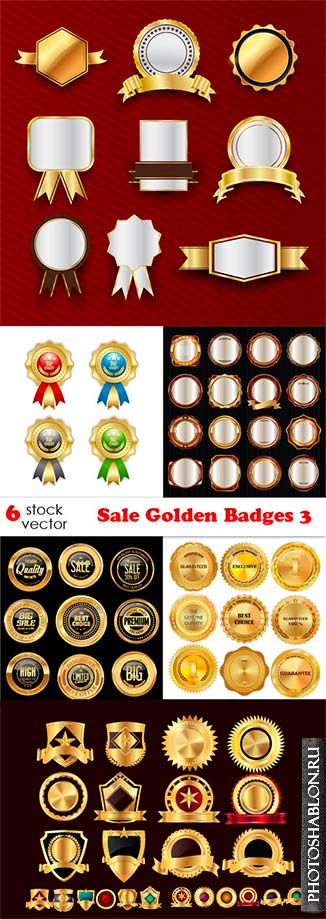
Vectors - Sale Golden Badges 3
6 AI | +TIFF Preview | 69.63 Mb
|
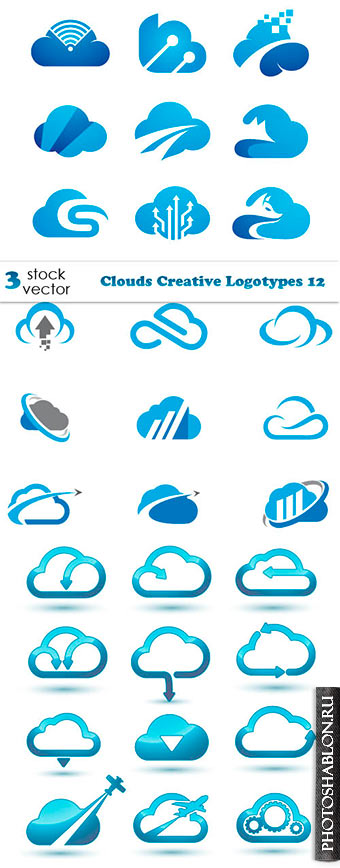
Векторные логотипы - Облака / Vectors - Clouds Creative Logotypes 12
3 AI | +TIFF Preview | 49.4 Mb
|
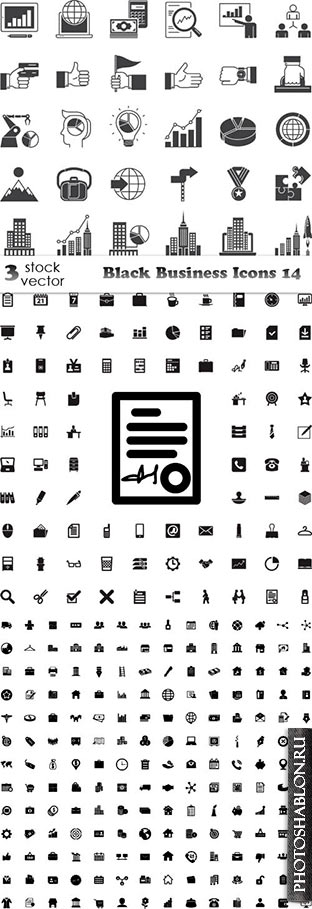
Vectors - Black Business Icons 14
3 AI | +TIFF Preview | 52.6 Mb
|

Векторный клипарт - Строители / Vectors - Construction Workers Set 8
3 AI | +TIFF Preview | 53.1 Mb
|
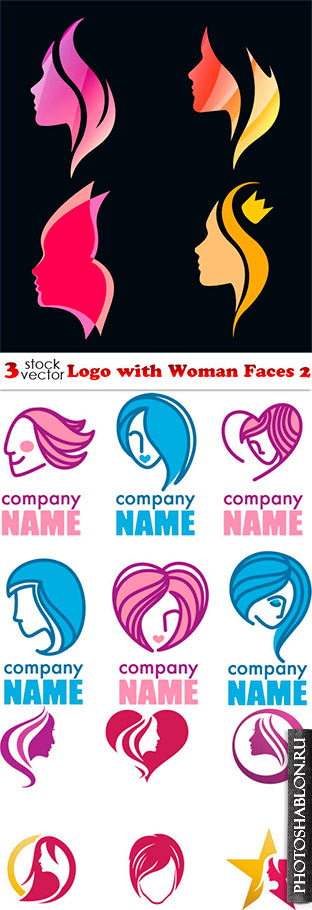
Векторные логотипы - Женские лица / Vectors - Logo with Woman Faces 2
3 AI | +TIFF Preview | 33 MB
|
|
Векторная графика, в отличие от растровой, строится не на основе сетки пикселей, а на математическом описании геометрических объектов - линий, кривых, многоугольников. Это позволяет векторным изображениям масштабироваться до бесконечности без потери качества, оставаясь четкими и гладкими даже при многократном увеличении. Каждый элемент в векторном изображении - это независимый объект, который можно редактировать отдельно, изменяя его цвет, форму, размер, положение, и т.д. Это делает векторную графику идеальным выбором для создания логотипов, иллюстраций, шрифтов, и других изображений, где важна четкость и масштабируемость.
Одним из ключевых преимуществ векторной графики является её компактность. Поскольку векторные изображения описываются математическими формулами, а не информацией о каждом пикселе, файлы обычно значительно меньше по размеру, чем их растровые аналоги. Это особенно важно для веб-графики и анимации, где размер файла напрямую влияет на скорость загрузки страницы и производительность. Кроме того, векторные файлы легче редактировать и обновлять, поскольку изменение одного объекта не требует повторной обработки всего изображения, как в случае с растровой графикой.












